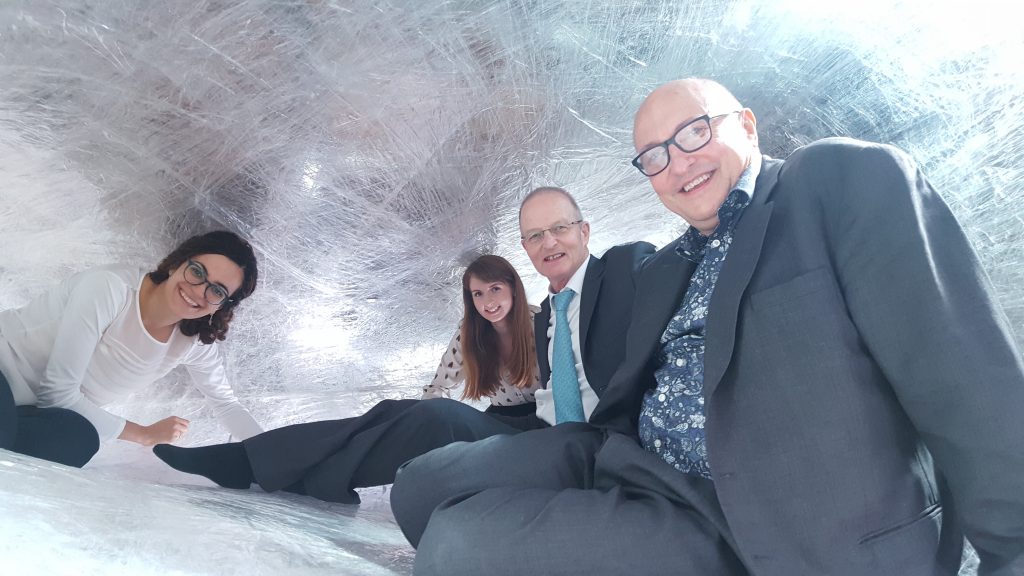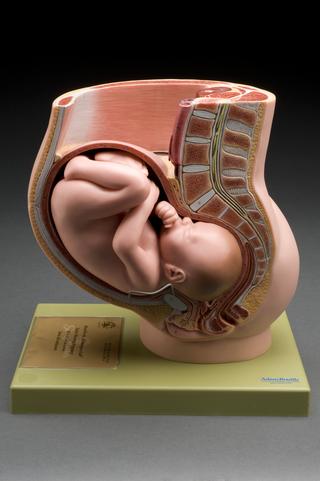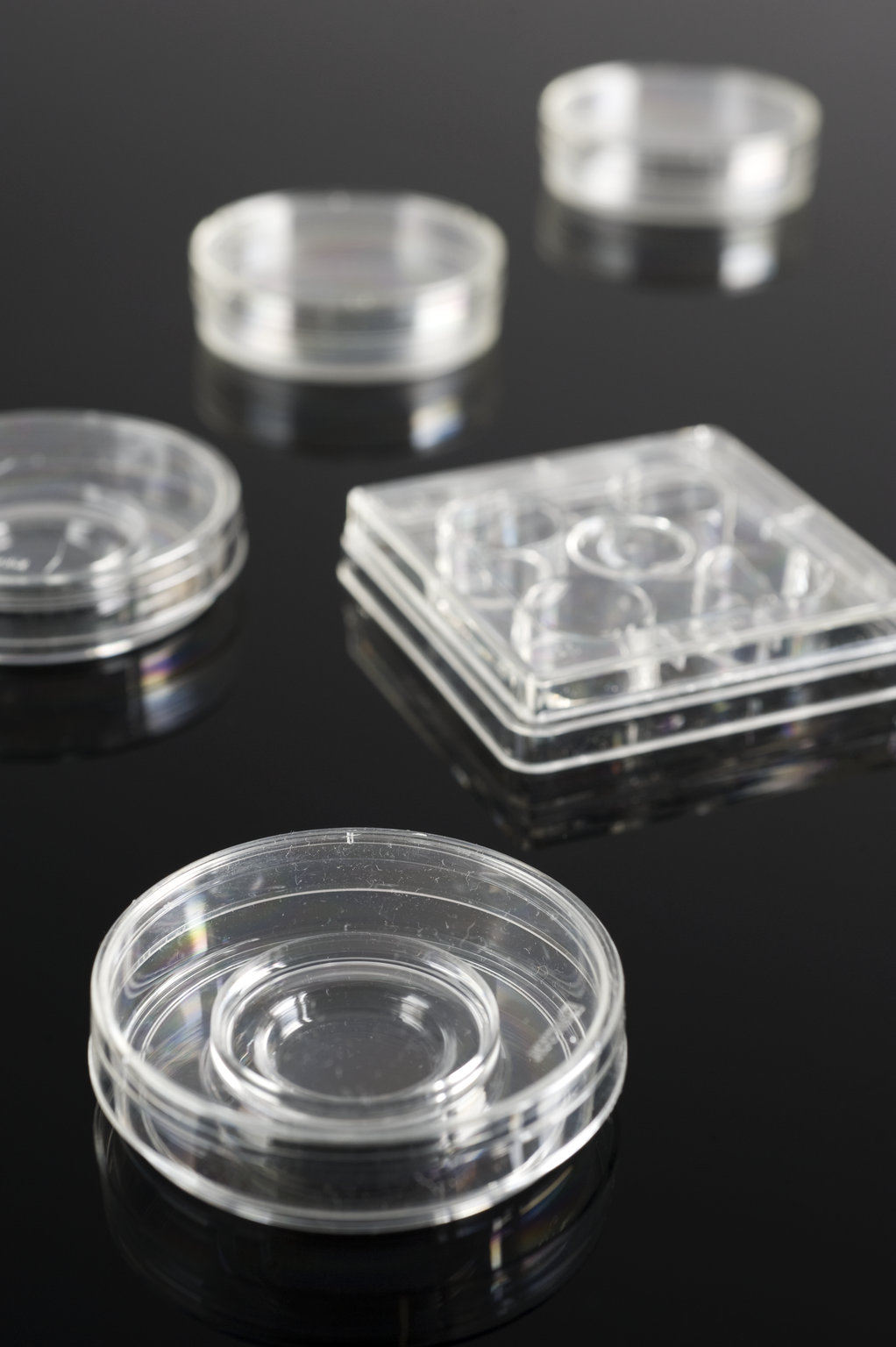Forty years since the conception of Louise Brown, the first ever IVF or ‘test tube’ baby, launched a revolution in reproductive medicine, I met up with three figures at the leading edge of research, in a field that continues to challenge ethical and legal boundaries.

With me at the Reproduction 2.0 event at the recent Manchester Science Festival was Dr Marta Shahbazi, a member of the research team led by Professor Magdalena Zernicka-Goetz at the University of Cambridge; Dr Norah Fogarty, a member of the research team led by Dr Kathy Niakan of the Francis Crick Institute in London; and Professor Sir Doug Turnbull, Director of the Wellcome Trust Centre for Mitochondrial Research in Newcastle-upon-Tyne.

We began the evening at the Museum of Science and Industry, Manchester, with three quick presentations, the first was at the most basic end of the research spectrum, from Dr Shahbazi, first author of a paper about a new technique that doubles the time that human embryos can be grown in the laboratory, in her case where Robert Edwards did the basic research which paved the way to Louise Brown and his Nobel prize.
This is highly significant. Embryos are implanted in the mother on day six, but it had not been possible to study this process, the ‘black box of development,’ until the Cambridge team found the right conditions.
However, their feat has also triggered intense debate because international guidelines and UK legislation forbid human embryos being grown beyond 14 days, based on the fact that only at this point in development does the embryo have a glimmer of a body axis. This is also the latest stage at which the embryo can split to form twins.
The Cambridge work promises to provide vivid new insights into the details of human development. Among them, Dr Shahbazi reflected on how human embryos appear to have an ‘intrinsic capability’ for self-organisation, at least until day 13, without the help of the mother.
Using their new methods, they could also open the black box of development, revealing processes during the all-important stage of implantation. ‘Around 30 to 70 per cent of pregnancies fail at implantation,’ she said.
Using brightly-coloured fluorescent labels, the Cambridge team can chart the details of the breath-taking feats of self-organization that lie behind the development of a single fertilized egg into that vast, sentient community of interacting and different cells that we call a human being.

Moving closer to the clinic, Dr Fogarty presented pioneering gene editing research performed at the Francis Crick Institute in London. She and her colleagues are using genetic surgery (genome editing, with the formal title CRISPR/Cas9) to turn off genes in human development to study molecular mechanisms of development before implantation. ‘Before we had done this study, we did not know if this technique would work in the human embryo,’ she said.
Her team at the Crick studied the development in a plastic dish of an edited human embryo, which had been donated by parents undergoing IVF, with their informed consent.
Genes are the recipes to make the body’s building blocks, proteins, and her lab focused on one particular protein, OCT4, which they revealed was at work in the embryo’s cells by using a chemical label that glowed green.
Using gene editing, they turned off OCT4 and compared the consequences with an unedited control embryo in time-lapse videos. Both embryos cleaved as they developed but when it came to the formation of a cavity, when the embryo is at the stage of implantation and called a blastocyst, the edited embryos were unstable and collapsed.
Without OCT4 the embryos were ‘messed up’, said Dr Fogarty, and did not make the right proteins in the right cell types, particularly in the 20 or so of the 200 cells in the early embryo that go on to form the baby (the rest form the placenta). The conclusion, she said, was that OCT4 is fundamental to the proper development of human blastocysts. This proof of principle experiment is a small but important step in beginning to understand what genes are absolutely required for embryo development.
The profound impact of these technologies on parents became clear when Professor Turnbull described his efforts in Newcastle over more than a decade to offer a treatment to families who are blighted by disorders in mitochondria – the cell’s power packs (around one in 5000 of the population).

His team has developed a way to have unaffected children by the creation of what are called ‘three parent babies’, with a second ‘mother’ providing normal mitochondria. Their proposal was radical because scientists have agonised for decades over what is called “germ-line” gene therapy – genetic changes passed down in eggs and sperm. However, what the Newcastle team proposed was not like conventional germ-line therapy, since it would only affect future generations if used to free a baby girl of the disease (mitochondria are only passed from mother to child.)
After a long and exhaustive period of consultation, the Newcastle Fertility Centre was granted the first UK licence in March of this year – in fact first of its kind anywhere – to offer mitochondrial donation by pronuclear transfer, a way to take the parent’s DNA and combine it with mitochondria from an egg donor.
‘We probably have the best regulation anywhere in the world’, he said, referring to the Human Fertilisation and Embryology Act. When a child is eventually born with another woman’s mitochondria, which is likely in the next year or two, their long-term development will be monitored in what is not an IVF technique but ‘a pathway of care’.
After each of the presentations we discussed a wide range of issues with each other and the audience, from larger questions of when personhood begins to the development of artificial embryos, referring to remarkable research by Prof Zernicka-Goetz in Cambridge which has yielded the first artificial mouse embryos, created without the need for eggs or sperm.
All agreed that the legacy of Louise Brown’s birth is immense, from the boost that the pioneering work by Patrick Steptoe and, in particular, Robert Edwards, gave to basic reproductive science, prompting the introduction of a robust way to regulate these technologies (however, though the speakers agreed with the need for regulation, they also agreed there’s too much red tape).
In the wake of the birth of Louise Brown, scientists have revealed new details of human development, and why it goes awry, for instance in miscarriage and this research continues to give hope to vast numbers of couples who are unable to have a child.
You can listen to the conversion full here:
